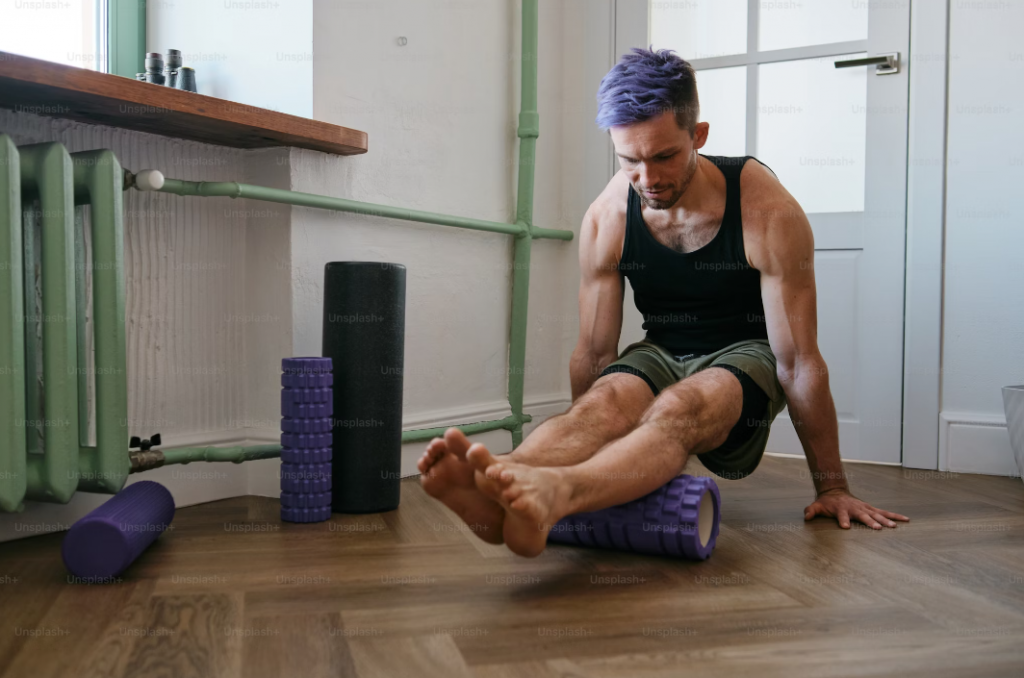Introduction
Creating a home gym can seem like a daunting task, especially when you’re on a tight budget. But the truth is, setting up a workout space at home doesn’t have to break the bank! With some smart choices and a bit of creativity, you can design a gym that fits your needs and your wallet. In this guide, we’ll explore how to create a home gym on a budget, maximizing your space and equipment options without sacrificing quality or effectiveness. So, let’s dive in!
Why a Home Gym?
Benefits of Working Out at Home
Working out at home offers numerous advantages. You can exercise at your convenience, avoiding the time spent commuting to and from the gym. Plus, there’s no need to worry about gym fees, crowded spaces, or the intimidation factor of working out in front of others. Whether you prefer early morning workouts or late-night sessions, having a home gym allows you to set your own schedule.
Saving Money in the Long Run
While the initial investment in equipment may seem significant, creating a home gym can save you money over time. Think about it: no monthly gym membership fees, no fuel costs for driving to the gym, and no spending on overpriced smoothies or snacks at the facility. In the long run, a home gym can be a more economical choice.
Assessing Your Space
Choosing the Right Location
Before you start buying equipment, assess your available space. Whether it’s a spare room, a corner of your living room, or even your garage, finding the right location is crucial. Make sure it’s a place where you feel comfortable and motivated to work out.
Measuring Your Area
Once you’ve identified a location, measure the space. Knowing the dimensions will help you choose the right equipment and layout. You want to ensure there’s enough room for movement and that you can perform a variety of exercises without feeling cramped.
Identifying Available Equipment
Take stock of what you already have. Do you own any weights, yoga mats, or exercise bands? Incorporating what you already have can significantly reduce your initial investment.
Budget-Friendly Equipment Options
Essential Equipment to Consider
When it comes to equipping your home gym, you don’t need to splurge on high-end gear. Here are some budget-friendly essentials to consider:
Resistance Bands
These versatile bands are great for strength training and can be used for a variety of exercises. They are lightweight, easy to store, and often very affordable.
Dumbbells or Kettlebells
A set of adjustable dumbbells or a couple of kettlebells can provide a solid foundation for strength training. Look for secondhand options if you want to save even more.
Yoga Mat and Stability Ball
A yoga mat is essential for floor exercises and stretching, while a stability ball can enhance your core workouts. Both are relatively inexpensive and can add variety to your routines.
Finding Secondhand Equipment
Don’t overlook the secondhand market! Websites like Facebook Marketplace, Craigslist, or local thrift stores can be goldmines for affordable gym equipment. Many people sell their unused items at a fraction of the retail price.

Creating a Workout Plan
Setting Realistic Goals
With your equipment in place, it’s time to create a workout plan. Start by setting realistic fitness goals. Are you looking to lose weight, build strength, or improve flexibility? Knowing your objectives will guide your workout routine.
Balancing Cardio and Strength Training
A well-rounded fitness plan includes both cardio and strength training. Incorporate activities like running, jumping rope, or bodyweight exercises alongside your strength workouts to keep things balanced and effective.
Incorporating Technology
Fitness Apps and Online Classes
Take advantage of technology! There are countless fitness apps and online classes available, many of which are free or low-cost. These resources can provide you with structured workouts and new ideas, keeping your routine fresh and exciting.
Designing Your Home Gym
Making the Most of Limited Space
When space is tight, creativity is key. Consider vertical storage solutions to maximize your area. Wall-mounted shelves, hooks for resistance bands, and bins for smaller items can keep your gym organized and efficient.
Storage Solutions
Invest in storage options that fit your space. A small cart can hold your weights and bands, while a decorative basket can neatly store your yoga mat and towels. Keeping your equipment organized will make your space feel more inviting.
Decor and Motivation
Don’t forget to make your gym an inspiring place! Add motivational quotes, personal photos, or a vision board. A little decor can make a significant difference in your mindset and motivation to work out.
Staying Consistent and Motivated
Establishing a Routine
Consistency is key to seeing results. Set a workout schedule that fits your lifestyle and stick to it. Whether it’s three days a week or every day, having a plan helps you stay accountable.
Tracking Your Progress
Consider keeping a workout journal or using apps to track your progress. Recording your workouts and achievements can boost motivation and help you see how far you’ve come.
Conclusion
Creating a home gym on a budget is not only possible but can also be an incredibly rewarding experience. By carefully assessing your space, making smart equipment choices, and incorporating technology, you can build a fitness sanctuary that meets your needs without straining your finances. So, roll out that yoga mat and get moving—your home gym awaits!